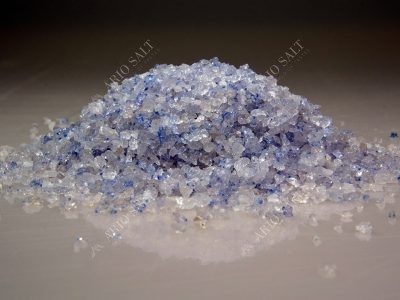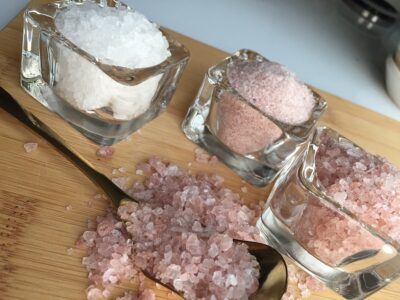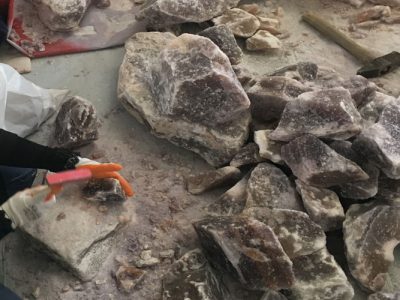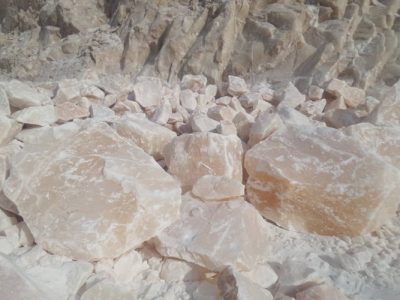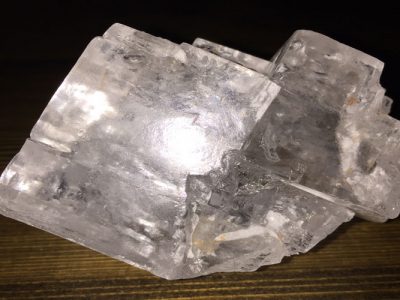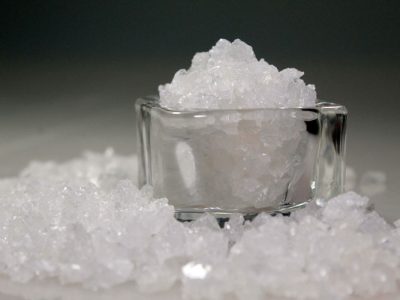All about Persian Blue Salt (Price, Wholesale Order, etc)
Persian blue salt is one of the rarest salts on the planet. It is a very old salt formed over thousands of years in the place of a dried ocean, making it pure and unpolluted. As the name suggests, Persian blue salt is mainly produced in Iran. It is exported...

